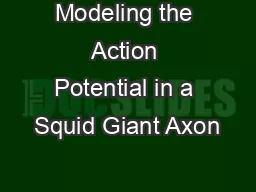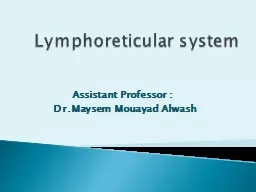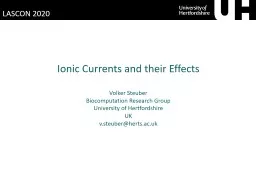PPT-The Hodgkin and Huxley Model of the Action Potential
Author : min-jolicoeur | Published Date : 2020-04-02
By Jaclyn Eisdorfer The Resting Membrane Potential RMP Negative resting potential with a value of about 70mV Produced by active transporters ATPase Pumps primary
Presentation Embed Code
Download Presentation
Download Presentation The PPT/PDF document " The Hodgkin and Huxley Model of the Act..." is the property of its rightful owner. Permission is granted to download and print the materials on this website for personal, non-commercial use only, and to display it on your personal computer provided you do not modify the materials and that you retain all copyright notices contained in the materials. By downloading content from our website, you accept the terms of this agreement.
The Hodgkin and Huxley Model of the Action Potential: Transcript
Download Rules Of Document
" The Hodgkin and Huxley Model of the Action Potential"The content belongs to its owner. You may download and print it for personal use, without modification, and keep all copyright notices. By downloading, you agree to these terms.
Related Documents














